- Shortcut to LG Sangnam Library
- Shortcut to main menu
- Shortcut to contents
Deafblind Braille Education
Braille instruction
for the deafblind
Light and Sound of the World through Braille
The Deafblind
Deafblind individuals—those with both visual and hearing impairments—numbered around 10,000 in Korea as of late 2023. However, because deafblindness is not officially recognized among the 15 legal categories of disability, they remain in a welfare blind spot, excluded from many legal and institutional supports in daily life.

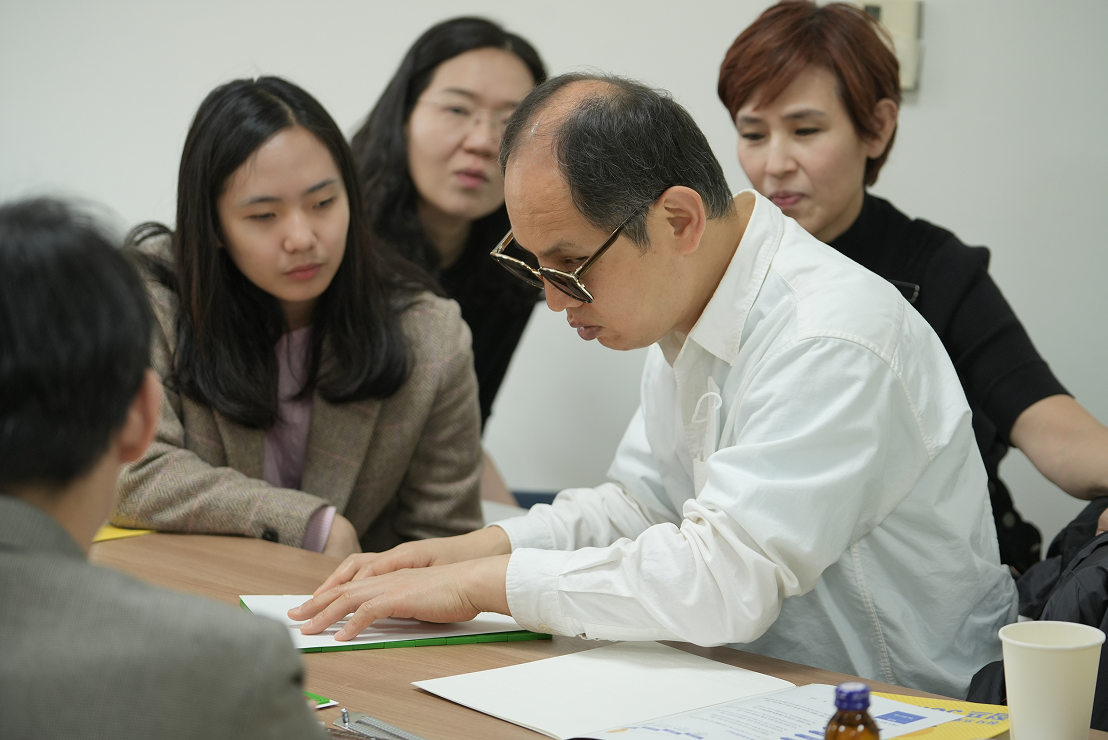
Through braille education, deafblind individuals gain critical communication and information-access skills that enable independent living and greater participation in society. These opportunities help them connect with the world and improve their quality of life.
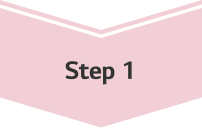
Training for tactile sign language interpreters
Before launching a braille instructor training program for deafblind individuals, tactile sign language interpreters receive pre-training on visual impairment awareness and the basic principles of braille.
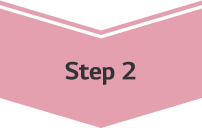
Introductory Course for Deafblind Braille Instructor Training
This foundational course equips deafblind participants with the knowledge of braille composition and numbers, preparing them to teach these basics to fellow deafblind learners.
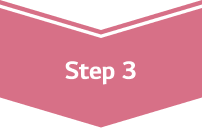
Advanced Course for Deafblind Braille Instructor Training
Following the introductory course, participants advance to teaching braille abbreviations and arithmetic operations, further preparing them to support others within the deafblind community.
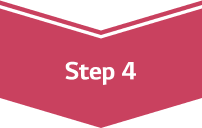
Pilot Braille Education by Deafblind Instructors
In this pilot program, deafblind instructors independently teach braille basics to other deafblind learners—without the assistance of tactile sign language interpreters.
Upon completion of the pilot program, the curriculum will be refined. Starting in 2026, trained deafblind instructors will lead braille education programs directly. The initiative will also expand to include braille notetaker training and literacy programs, further enhancing opportunities for the deafblind community.
